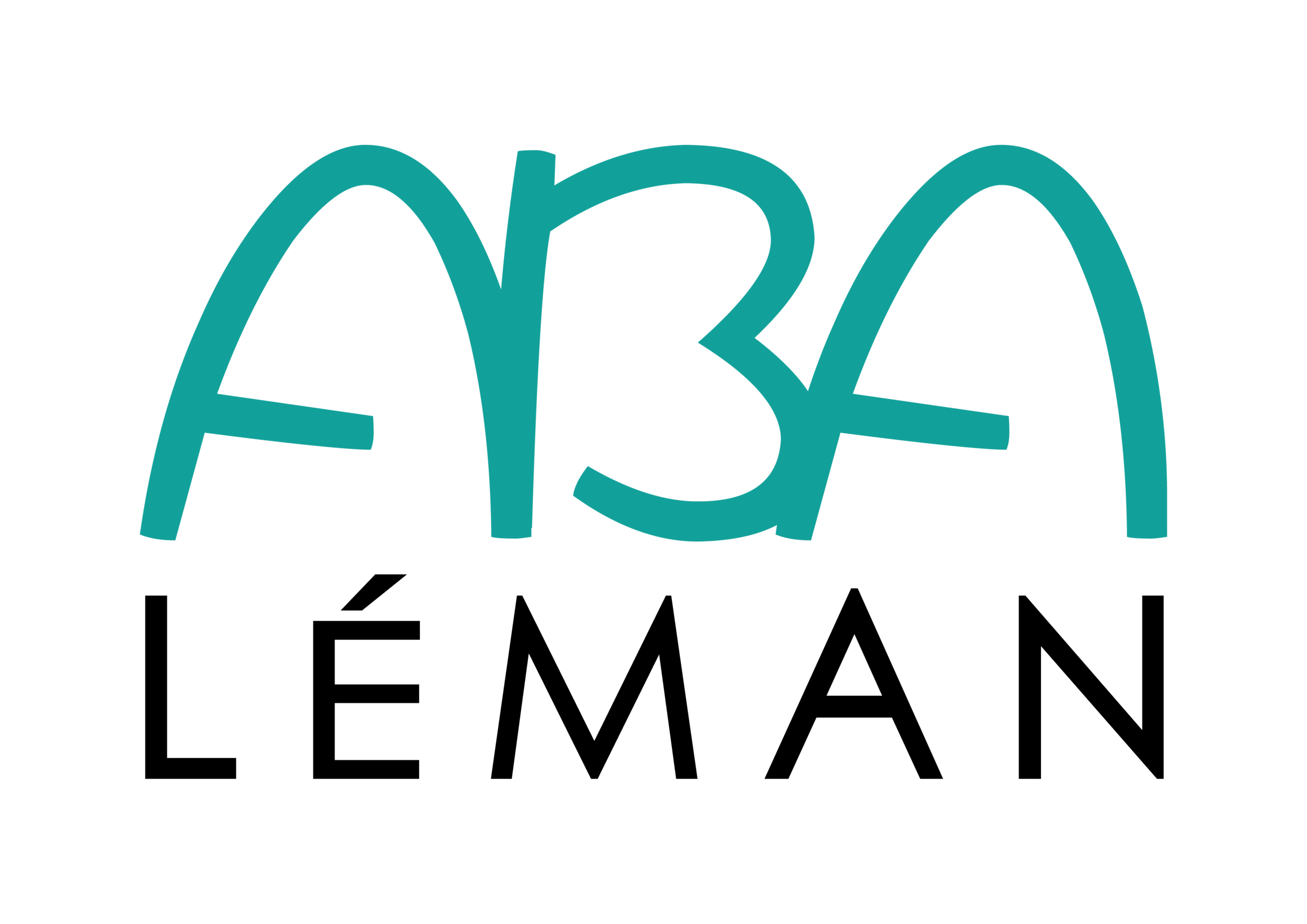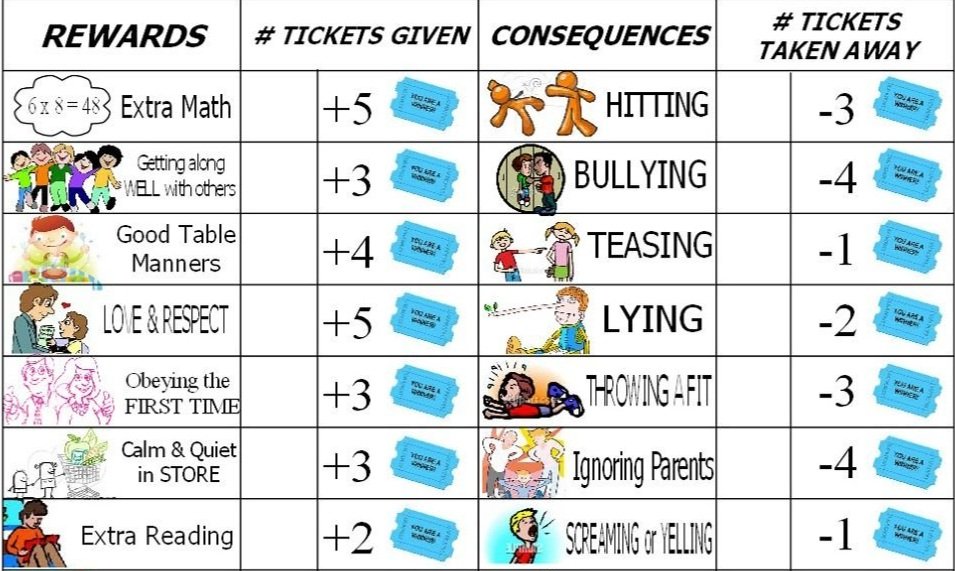Help your child to follow your instructions
Most parents are concerned about their children not following instructions or they are taking long time to do what they have been told. These situations get worse when parents get angry and frustrated, they do not know how to get their children to comply with what it seems simple requests.
Providing clear and simple commands will make the difference on your child’s following instructions. Continue our reading to find more tips that may help you improve your talking, so your child will listen & do.
Reduce directions, instructions, commands: Children are hearing directions all day; at school and at home. Try to give instructions only when it is important and necessary.
Give choices: It will increase your child’s autonomy and you can hide your command through it “Do you prefer to eat your veggies with a fork or a spoon?” Let them participate and takes decision on the process.
Simple and clear instructions: This is the key to all. It is essential that instructions are easy, clear, and adapted to the child ages. Many parents give commands in the form of questions, giving total power to the child to respond as he please. “Will you come to brush your teeth? Do you want to eat your potatoes? Instead of saying “John, clean up your toys”, try “John, put your Lego inside the blue box”
Give an explanation: For children with more verbal skills, explanations can increase compliance. Give fair explanations before placing a demand “Your body had a very long day, lets read a book before bed”
Provide instructions once: Repeating your instructions more than twice only suggest to your child that he does not have to respond at the 1st attempt. Children need to feel that their parents are sure what they are asking from the first instruction. Rather than repeat your instructions, implement a system of consequences and rewards. This will reduce your stress and will establish a structuring framework to encourage your child's success.
Apply Consequences: Fair and related consequences, loss of privileges, are an effective tool to improve compliance, if consequences are consistently implemented.
Reinforcer success: Reward immediately all those instructions that have been followed correctly and independently. Positive reinforcement and praise are shown to increase behaviors. Be specific with your words, sometimes “good job” is not clear enough compared to “I like how you clean up your room the first time I asked you”. Mention which behavior are you referring to and highlight your child’s quick response.







